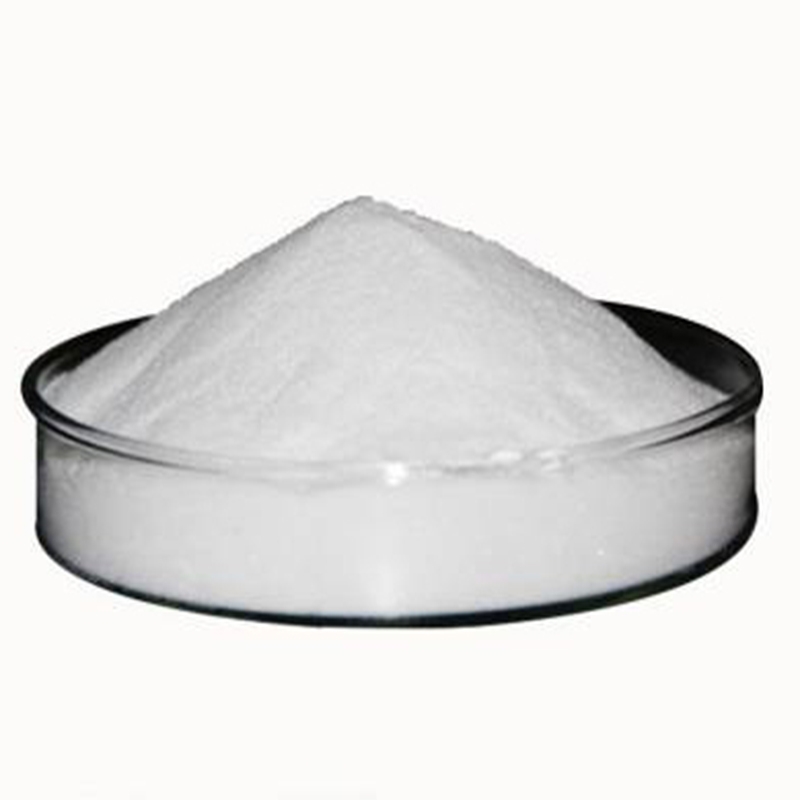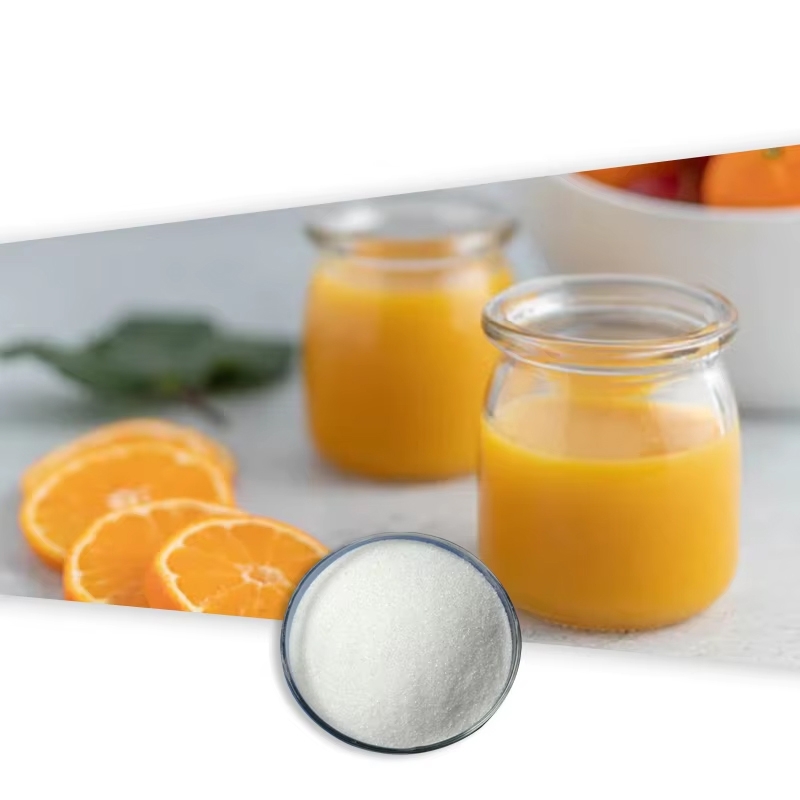-
Categories
-
Pharmaceutical Intermediates
-
Active Pharmaceutical Ingredients
-
Food Additives
- Industrial Coatings
- Agrochemicals
- Dyes and Pigments
- Surfactant
- Flavors and Fragrances
- Chemical Reagents
- Catalyst and Auxiliary
- Natural Products
- Inorganic Chemistry
-
Organic Chemistry
-
Biochemical Engineering
- Analytical Chemistry
-
Cosmetic Ingredient
- Water Treatment Chemical
-
Pharmaceutical Intermediates
Promotion
ECHEMI Mall
Wholesale
Weekly Price
Exhibition
News
-
Trade Service
Frost is approaching, and persimmons with bright colors and sweet and attractive taste are beginning to be launched in
large quantities.
However, persimmons can not be eaten with milk, crabs, fish and shrimp, and eating persimmons will get stomach stones and other "popular science" has also made many consumers very entangled
.
Is it true that eating persimmons cannot be delicious and safe to share?
Pick: Four tricks to choose good persimmons
Persimmons are the "indigenous" fruits
of China.
Fossils
of persimmon leaves dating back 2.
5 million years have been found in China.
Archaeological excavations have confirmed that our ancestors used persimmons to feed their stomachs
10,000 years ago.
The earliest written record of persimmons has a history of
more than 2,000 years.
In "Shanglin Fu", persimmons are strange flowers in the royal garden of Emperor Wu of Han; In the Li Ji, persimmons are a delicacy
that the monarch eats every day.
By the Tang and Song dynasties, the production of this "tasteful" fruit product increased, and gradually became a civilian delicacy
.
Persimmons can grow in most parts of China, and there are more than
a thousand varieties.
According to different fruit shapes, persimmons can be divided into round persimmons, square persimmons, long persimmons, millstone persimmons and chicken heart persimmons; According to the color, it can be divided into tomatoes, green persimmons, yellow persimmons, vermilions, white persimmons and black persimmons
.
According to the difference in the degree of natural deastringency of persimmons on the tree, it can be divided into four types: complete astringency, incomplete astringency, incomplete sweet persimmon and completely sweet persimmon: the first three need to be deastringent after ripening on the tree, otherwise there is astringency when eating; The last one matures on the tree and is ready to eat without deastringency
.
In terms of output, Guangxi, Hebei, Henan and Shaanxi are the four main producing areas, accounting for more than
60% of the national persimmon output.
Guangxi persimmons are mostly crispy persimmons, sweet and delicious, crisp and chewy
.
Shaanxi persimmons are brightly colored, the skin is as thin as paper, and it is rich and juicy
.
Hebei persimmon is shaped like a millstone, "big as a fist, sweet as honey", and has the reputation
of "color is better than Jinyi, and is more than jade liquid".
In response to how to select persimmons, Gao Jie, member of the Youth Committee of the Chinese Society of Food Science and Technology, associate professor of the College of Food Science and Technology of Hebei Agricultural University, and doctor of food science, reminded consumers to pay attention to the following four points
.
Look: Choose persimmons with full, regular, complete pedicles, golden or orange
.
Do not buy persimmons with deformed surfaces, depressions in individual places, or a cyan epidermis color, worm eyes, scars, dark spots, and mold
.
There are exceptions to the rule of skin color, such as some naturally deastringent varieties such as crispy sweet persimmons, etc.
, although the skin is cyan, but after peeling, it tastes crisp and sweet
.
Therefore, consumers should pay attention to inquiring about the variety when purchasing
.
Smell: Choose fruity, natural, sweet or tasteless persimmons
.
If you smell alcohol, mildew, or sourness, the persimmons may have spoiled
.
Touch: The skin of ripe persimmons is soft, if it feels hard to the touch, it means that it is not ripe
.
Excludes
, of course, varieties such as crispy persimmons.
In addition to fresh food, persimmons can also be made into persimmon cakes
by evaporating water by drying and other methods.
There is a layer of white frost on the outside of persimmon cake, called persimmon cream, which is a "microcrystalline polymer" formed on the surface of persimmon during water evaporation, and the main components are fructose, glucose, etc
.
If there is a lot of white frost on the surface of the persimmon cake, and it falls off as soon as it is shaken, it is likely that it is not the original persimmon cream, and consumers should pay more attention
to this.
Taste: Completely sweet persimmon has a unique flavor and a sweet taste; Complete astringency, incomplete astringency, and incomplete sweet persimmon deastringency result in thick, uniform flesh and a sweet taste
.
If persimmons have a sour taste and are bitter to the mouth, they are inferior
fruits.
Serve: Less than more
Persimmons, not only beautiful and delicious, but also nutritious, contain a lot of sugars and vitamins, such as carotenoids, flavonoids, fatty acids, phenols and a variety of amino acids
.
Traditional Chinese medicine believes that persimmons are sweet, astringent, cold, sweet and calm, astringent and reciprocating, and are natural health foods
for patients with chronic bronchitis, hypertension, arteriosclerosis, internal and external hemorrhoids.
Although there are many benefits to eating persimmons, physical discomfort caused by eating persimmons has also been reported
from time to time.
On October 7 this year, Mr.
Jin from Hangzhou, Zhejiang Province, ate more than 20 persimmons in three days and felt nausea, abdominal pain and bloating, and felt "like his stomach was blocked"
.
According to the doctor's diagnosis, Mr.
Jin's symptoms were intestinal obstruction
.
The reason for this is that he ate a large amount of persimmons on an empty stomach in a short period of time, and later, Mr.
Jin tried to choose strenuous exercise such as skipping rope to relieve him because he felt indigestible, which eventually led to stones blocking the intestinal lumen
.
The situation of Mr.
Jin often becomes evidence of "popular science" such as stomach stones when eating persimmons
.
In addition, persimmons should not be eaten with milk or crabs, otherwise they will have indigestion and even stomach stones, which is also very common
on the Internet.
So, is this really the case?
Gao Jie said that these statements are actually one-sided
.
First of all, clinically, stones due to eating persimmons are common in people with a history of gastric surgery, and persimmons are mostly eaten on an empty stomach
.
This situation is mainly because the content of tannic acid in persimmons is large, and when eating persimmons on an empty stomach, under the action of gastric acid, the tannic acid in persimmons is easy to react with cellulose, hemicellulose and protein to form water-insoluble deposits, which in turn leads to indigestion
.
Secondly, the so-called persimmon and milk or crab can not be eaten together, mainly because tannic acid will be complexed with protein, iron, calcium and other substances in milk or crab, forming substances that are not easy to be absorbed by the human body, which in turn affects food digestion and absorption
.
But in fact, persimmons consumed by consumers are generally ripe and deastringent, and the tannic acid content is generally below 0.
5%, as long as it is eaten in moderation, the intake of tannic acid will not cause this to happen
.
How to avoid the above situation, Gao Jie recommends that consumers pay attention to the following points when eating persimmons:
Consumers are advised to choose to consume completely sweet persimmons or deastringent persimmons
.
Do not eat persimmons on an empty stomach, especially if you
have a history of stomach surgery.
At the same time, because the content of tannic acid in persimmon peel is relatively more, it is recommended to peel
before eating.
Control servings
.
Because persimmons contain more sugar, eating persimmons is more satiating than eating the same number of apples and pears, which will affect appetite and reduce the intake
of meals.
Especially for the elderly, children, people with gastrointestinal problems and diabetics, it is recommended to eat less or no persimmons
.
After eating persimmons, rinse your mouth in time to remove tannic acid and pectin remaining in the mouth and between teeth, so as not to cause erosion to teeth and form caries
.
Preservation: Low temperature should be breathable
Anyone who likes to eat persimmons knows that persimmons that have not been deastringent have a high content of tannic acid and are very astringent to eat, so be sure to wait until the persimmons are thoroughly ripe before eating
.
However, considering the commerciality requirements such as long-distance transportation and shelf display, it is often unrealistic
to wait until the persimmons are fully ripe before picking.
If you buy unripe persimmons, you can gradually ripen
them during the preservation process with some simple operations.
The specific method is to put the unastringent persimmons together with apples or bananas in a sealed plastic bag, use the ethylene released by these fruits to promote cell division, let the persimmons deastringent on their own, and when the persimmons are softer, they can be eaten
.
In addition, it can also be ripened by a high-temperature method, that is, raw persimmons are placed in a container and soaked
in hot water.
During the soaking process, we should pay attention to changing the water in time, about 3 times a day, generally soaking for about 3 days; It can also be dipped in gauze
Spread some white wine evenly on the surface of the persimmon and store it in a cardboard box in a cool place
.
Generally, raw persimmons can be eaten in about a week
.
Complete sweet persimmons and completely astringent persimmons, incomplete persimmons, and incomplete sweet persimmons that have been deastringent, if they can be eaten within a day or two, then just put them in a cool place protected from light
.
If you buy more, you need to consider the following two ways to store
.
Refrigerator refrigeration method
.
The refrigeration temperature is best controlled at about
4 °C.
Before putting persimmons in the refrigerator, there is no need to clean, only need to be packed in a plastic bag to avoid water evaporation, you can slightly pierce a few small holes in the bag to maintain breathability, to avoid the fruit due to respiration emitted by the water vapor condensed in the bag, causing persimmons to spoil.
It should be noted that although the method of refrigeration can improve the shelf life of persimmons, it should also be consumed
as soon as possible.
Frozen storage method
.
The method of freezing persimmons was used in the northeast of China for transportation and storage
.
Frozen persimmons are extremely hard, so soak the frozen persimmons in water for about 10 minutes before eating, and then eat them after the persimmons gradually soften
.
Following this line of thought, fresh persimmons can also be stored in the refrigerator freezer, but the time should not be too long, otherwise the nutrients of persimmons may be lost more
.
Similarly, persimmon cakes are best stored frozen in the refrigerator, or can be stored in a cool and ventilated place, but pay attention to eat
them as soon as possible.
Related articles







